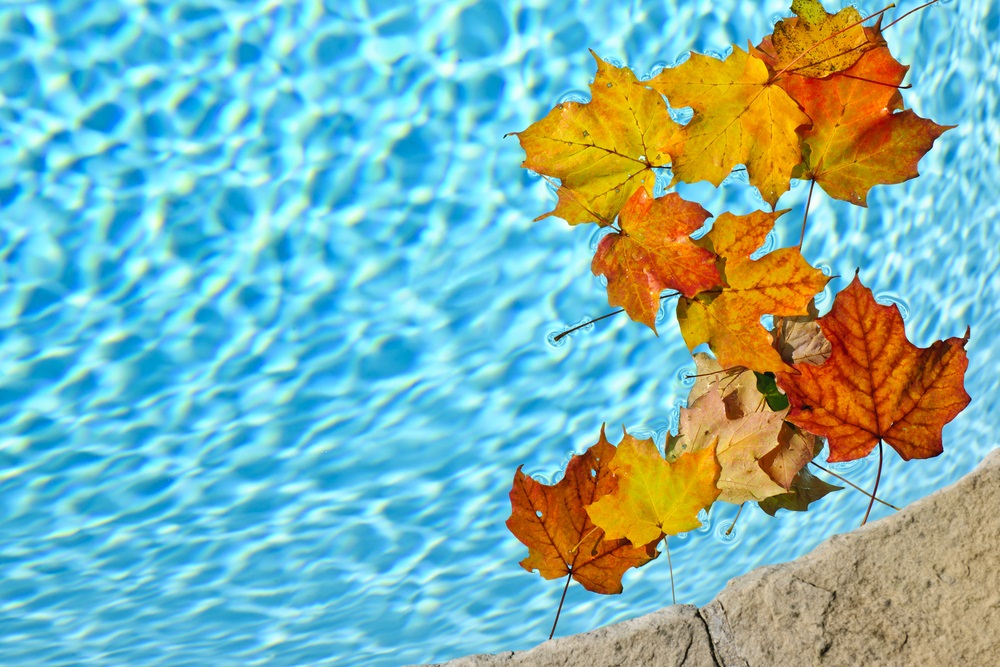“Do you know what that is?” “How did that get there?” “What is that stain on my pool?” We hear that a lot from our customers and we know that stains are troubling and troublesome but we have remedies and soon you won’t even remember there was a stain. Swimming pool contractors take steps to ensure there are no stains building up or in danger of building up and the way we do that is we brush the pool and the deck (concrete) and make sure there is no “ring around the pool water line.”
DIYers find themselves faced with the puzzling stains and may think “it wasn’t there yesterday” but like “ring around the bathtub” most stains do build up over time. They rarely appear overnight– not to say they can’t and don’t but it is relatively rare. If you aren’t paying attention or if you aren’t even sure what to look for, stains creep up on you until they’re visible and that’s all you can see!
What Is That Stain On My Pool?
The first step in ridding the pool and deck of stains is to identify them so you can be armed with the tools you need to tackle the staining before it does permanent harm. Some stains — if left untreated — can discolor the pool to the extent that a repair or remodel is required to address it! No one wants to have to undertake such drastic measures, right?
How To Identify And Remove Swimming Pool Stains
Getting to the bottom of stains

When you notice a stain is marring the beauty of your pool give your local swimming pool contractor a call and ask for his or her advice on determining what the stain is and offering insight and suggestions to removing it without harming the pool itself.
Believe it or not, there are “stain identification” kits that let the DIY pool owner to diagnose, pinpoint and find a way to eliminate the stains.
There is a myriad of stains that plague pools; decaying organic debris is the biggest
Organic staining
What are organic stains?
- Leaves (especially problematic in the autumn)
- Twigs
- Berries
- Items that fall to the bottom of the pool and decay.
Organic stains typically leave brown stain marks.
When organic staining occurs it’s because excess organic materials or metal compounds meet chemically treated pool water. If the water has been improperly balanced, it is a recipe for staining. Incorrectly balanced pH, alkalinity and sanitizers set the stage for the perfect storm of stain-causing compounds.
How do you treat organic stains?
Organic stains will highlight themselves with a noticeable mark or outline (if a leaf falls to the bottom of the pool you could see its outline).
- Organic staining can be caused by leaves and/or dirt.
- Organic staining can be addressed by raising the chlorine level in the water or by rubbing a chlorine tablet right over the stained area and it should come right off.
- Organics will usually leave a stain in the shape of the item — ie a leaf or berry.
Metal staining
Many times removing a metal stain can be done with a department store Vitamin C tablet. If that doesn’t work, you can use a commercial pool cleaning agent. We advise asking a pool contractor which type to use because you don’t want to use the wrong kind and cause more damage by removing the stain.
- Metal or copper staining gives the pool a dull, brown stained area
- Metal staining dulls the entire look of the pool
- Metals are naturally-occuring in water but their presence becomes problematic when they leach and react to other metals in the pool such as plumbing or pool heater fixtures.
- Improperly balanced water chemistry can lead to the pool equipment itself causing a stain
Calcium staining
Brown spots in the pool are typically caused by calcium staining. When the calcium levels in the pool water get too high it causes calcium to leach from the pool itself (especially concrete) and cause staining.

- Calcium stains can be removed by sanding them (a task probably better left for a pool contractor)
- Calcium stains can be removed by acid washing the swimming pool (again a task typically better left to an experienced contractor
Pool plaster mottling
The mottling of the plaster can happen when the concrete is mixed for the pool. Mottling appears as dark stains or patterns on the pool floor or pool walls. For a new pool, the contractor can perform a “zero alkalinity” treatment to remove the mottled area.
Stain testing is key
To properly address the stain it is crucial that you identify it first. Your stain ID kit or your pool contractor is your first line of defense.
Here is a quick test for iron:
- Test with a Vitamin C tablet
- Hold the tablet against the stain
- If it gets lighter or disappears altogether, the stain is metallic.
- If you suspect the stain is caused by organic debris, hold a trichlor tablet against the stain; if it lightens, it is organic staining.
You may be able to treat the stain in the pool and never be bothered with it again. However, if you don’t know what caused the stain you run the risk of having staining in the future. Talk with a pool contractor if you’re being bothered by staining that you can’t identify.
Protecting your pool investment is crucial and proper water chemistry is your first and best line of defense!

